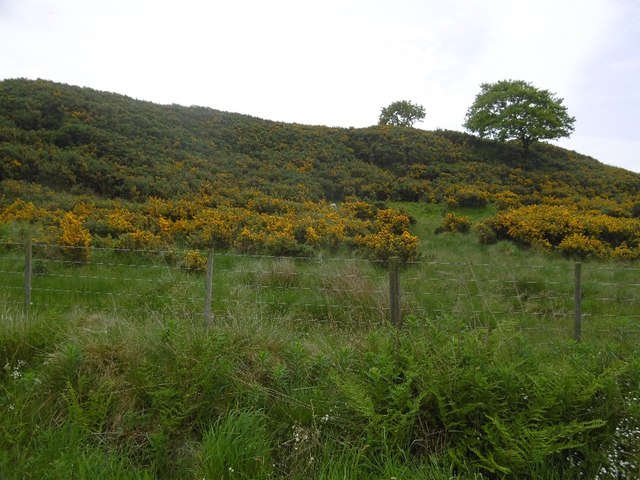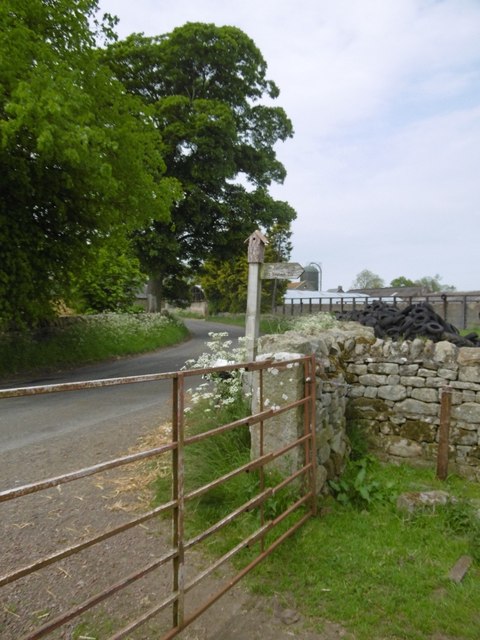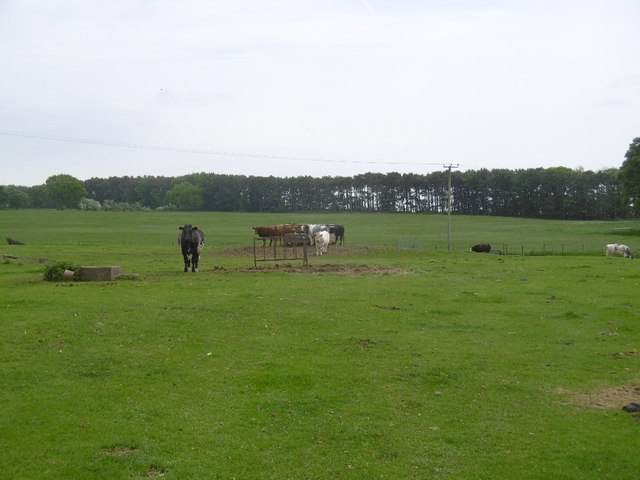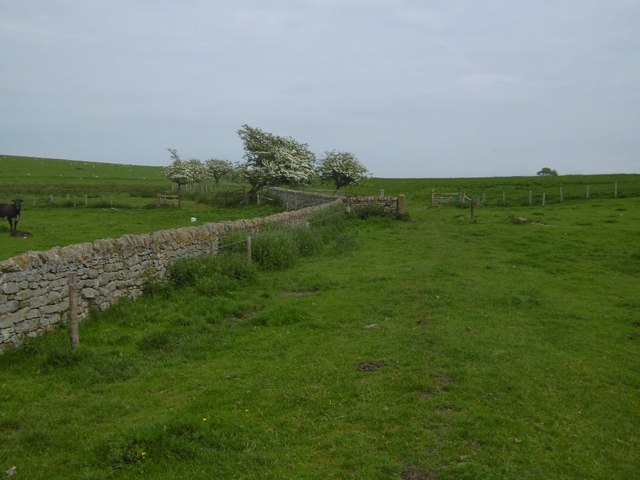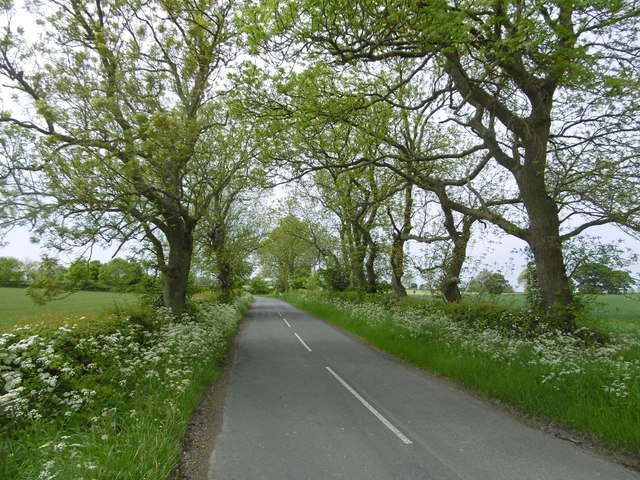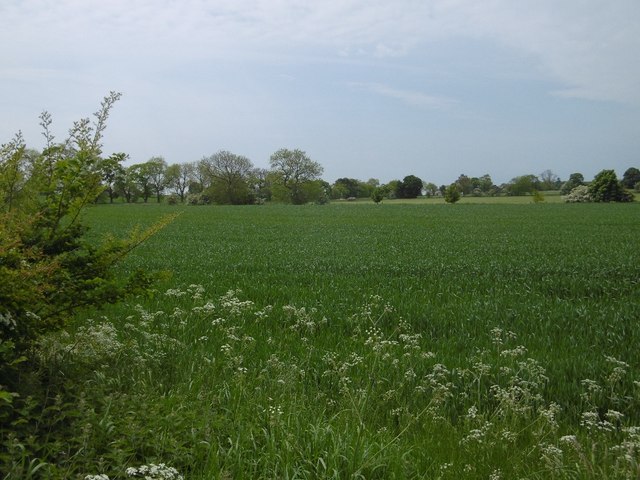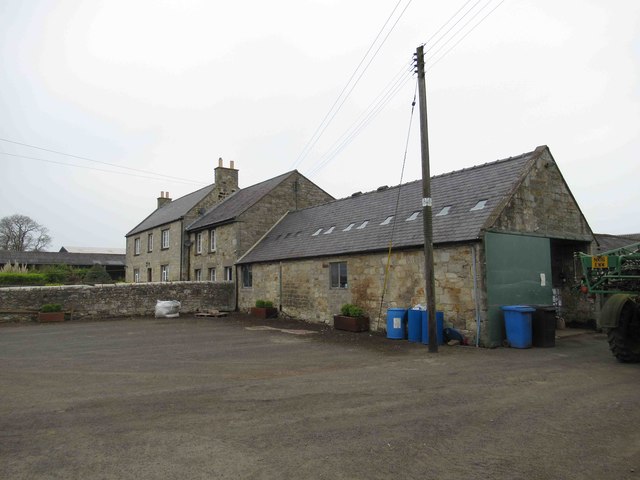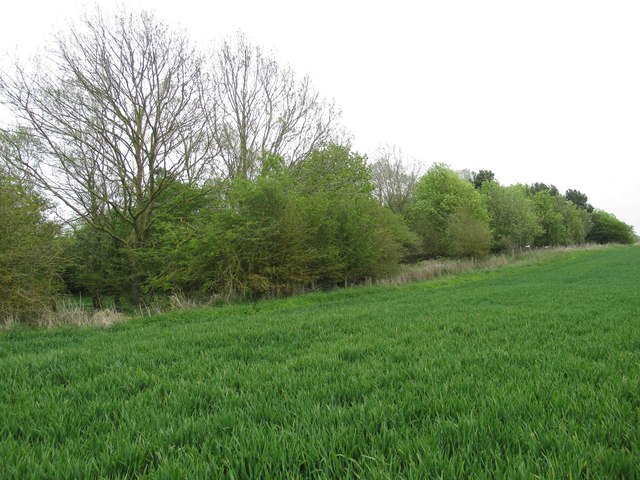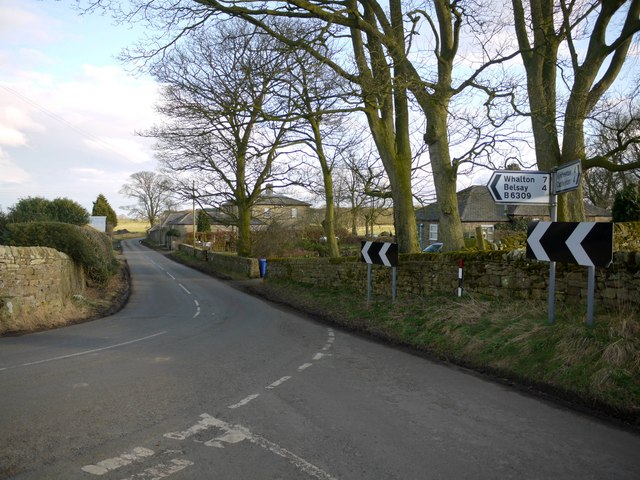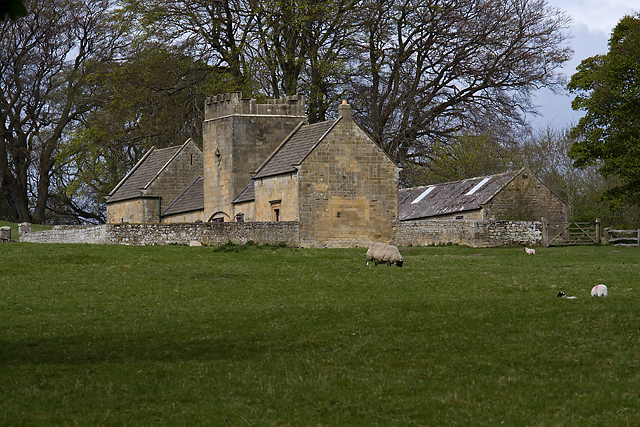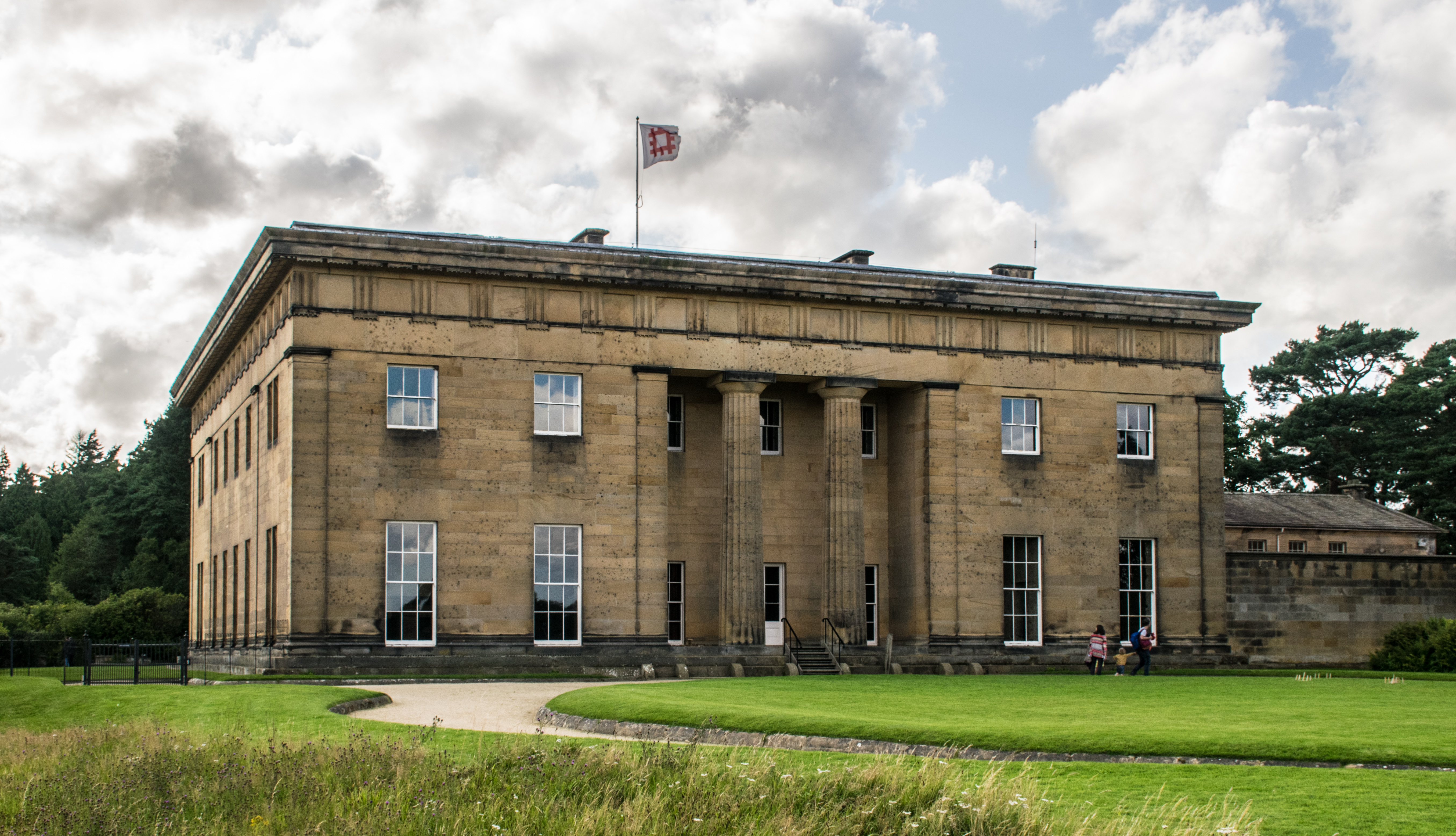Black Heddon
Settlement in Northumberland
England
Black Heddon

Black Heddon is a small village located in the county of Northumberland, in the northeast of England. Situated approximately 14 miles northwest of the city of Newcastle upon Tyne, Black Heddon is nestled within the picturesque Tyne Valley.
The village is known for its idyllic rural setting, surrounded by rolling hills and verdant farmland. It is characterized by a charming mix of traditional stone-built houses and farmsteads, with a population of around 200 residents.
Black Heddon boasts a rich history, with evidence of human settlement dating back to the Roman era. Nearby Hadrian's Wall, a UNESCO World Heritage Site, stands as a testament to the region's historical significance. The village itself has a quaint and peaceful atmosphere, with a strong sense of community.
While primarily an agricultural area, Black Heddon benefits from its proximity to larger towns and cities. Residents have easy access to a range of amenities, including schools, shops, and healthcare facilities, in nearby towns such as Ponteland and Hexham.
The village is also a popular destination for outdoor enthusiasts, as it offers numerous opportunities for walking, cycling, and exploring the surrounding countryside. The nearby Northumberland National Park and the River Tyne provide stunning natural landscapes for visitors to enjoy.
In summary, Black Heddon is a tranquil and picturesque village in Northumberland, offering a peaceful rural lifestyle and a strong sense of community, all within easy reach of larger towns and beautiful natural surroundings.
If you have any feedback on the listing, please let us know in the comments section below.
Black Heddon Images
Images are sourced within 2km of 55.078953/-1.876225 or Grid Reference NZ0876. Thanks to Geograph Open Source API. All images are credited.


Black Heddon is located at Grid Ref: NZ0876 (Lat: 55.078953, Lng: -1.876225)
Unitary Authority: Northumberland
Police Authority: Northumbria
What 3 Words
///strut.lads.calculate. Near Meldon, Northumberland
Nearby Locations
Related Wikis
Black Heddon
Black Heddon is a village and former civil parish, now in the parish of Belsay, in the county of Northumberland, England. It is situated to the north-west...
Bitchfield Tower
Bitchfield Tower or West Bitchfield Tower is a 15th-century medieval pele tower near Belsay, Northumberland, England. It is a Grade I listed building.The...
Belsay Hall
Belsay Hall is a Regency style country house located at Belsay, Northumberland. It is regarded as the first British country house to be built entirely...
Belsay Castle
Belsay Castle is a 14th-century medieval castle situated at Belsay, Northumberland, England. It is a Scheduled Monument and a Grade I listed building.The...
Nearby Amenities
Located within 500m of 55.078953,-1.876225Have you been to Black Heddon?
Leave your review of Black Heddon below (or comments, questions and feedback).


